
The rising tide
marine protected areas
Supported by:
A key ambition in the world of marine conservation is 30x30: to safeguard 30% of the world’s ocean by 2030, whether as marine protected areas (MPAs) where human activity is restricted to a certain extent, or other types of conservation area.
By establishing regions that prioritise conservation and restrict human activity, ecosystems have the space to recover and flourish.
30%of the ocean
2030by
However, time is running out. We need to establish MPAs at a much faster rate to achieve this goal.
110kphTop speed of the sailfish

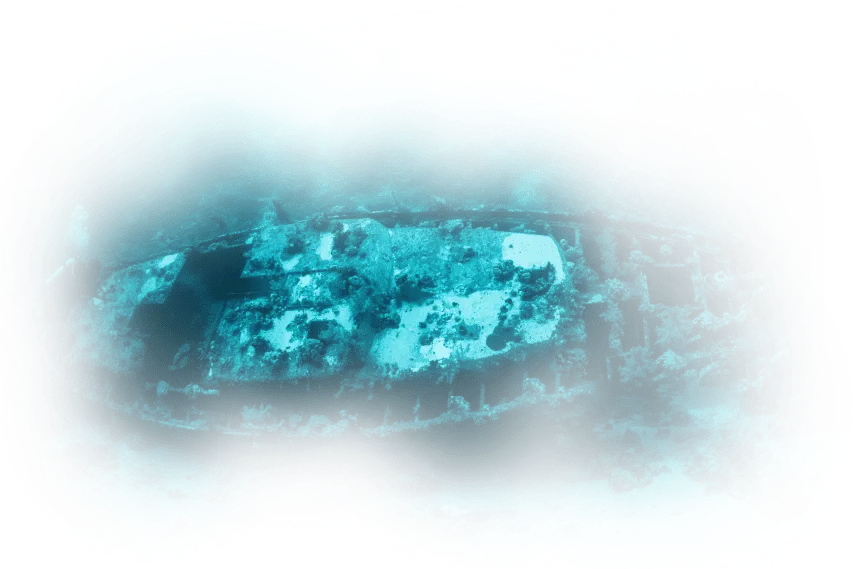
Significant investment of US$9 bn–12 bn is needed every year. This is up to 12 times more than the current annual spending on MPAs of $980m.1
Nevertheless, there are reasons to be optimistic. In 2022, annual philanthropic funding for marine conservation initiatives reached $122m, up from less than $50m in 2010.2
US$9 bn–12 bnper year
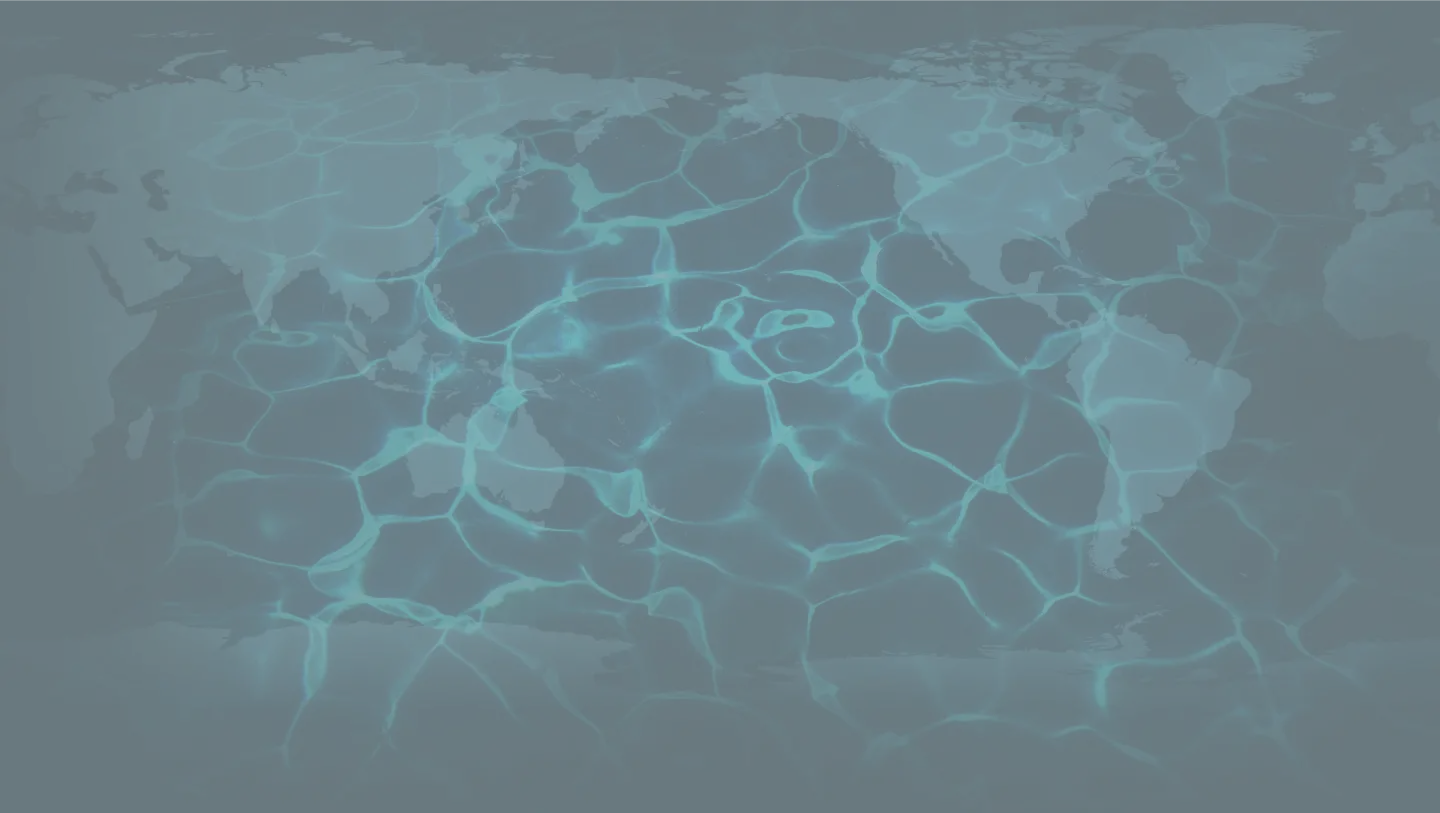
18,208marine protected areas 3
29.7msq km of the ocean is protected 4
8.2%has MPA status 5
3%is fully or highly protected from fishing impacts 6
Top 10 countries with fully or highly protected marine areas 4
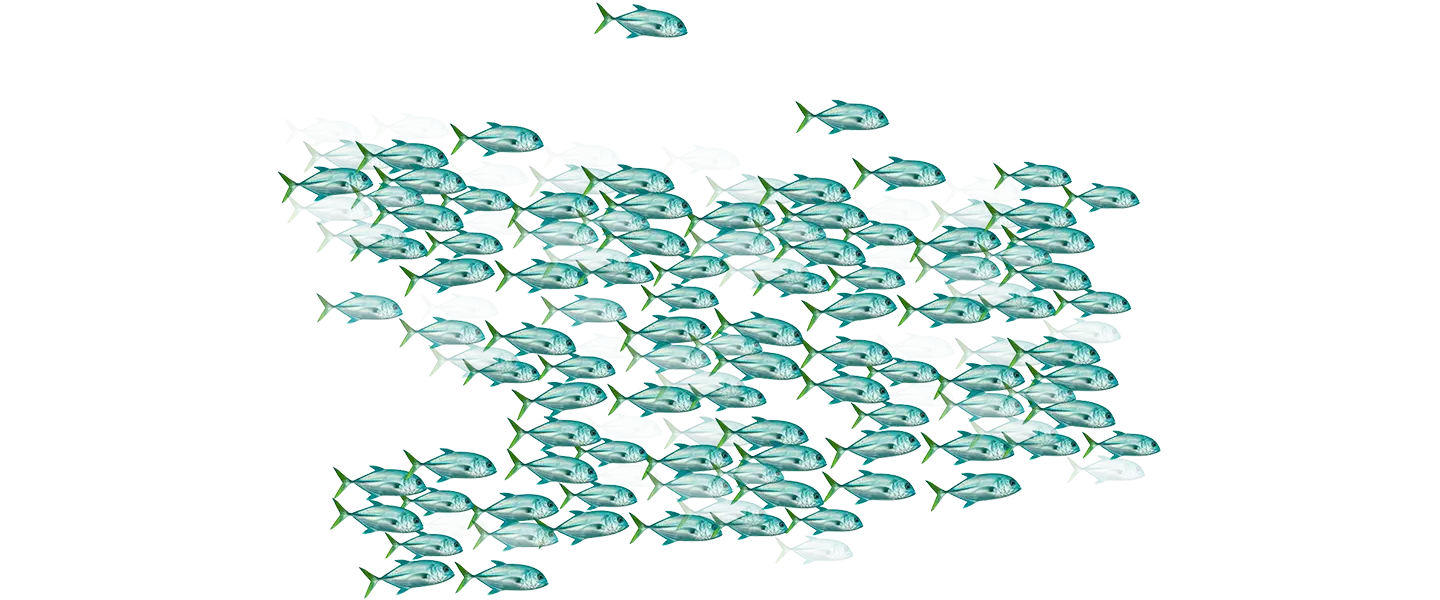
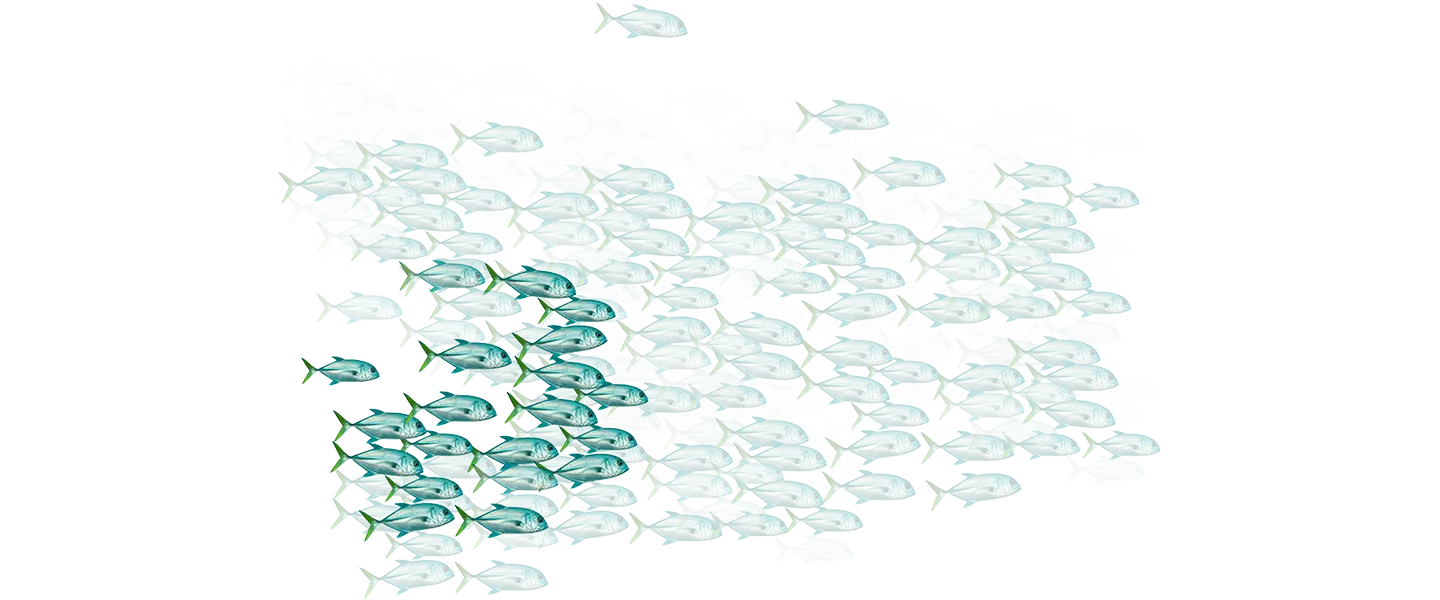
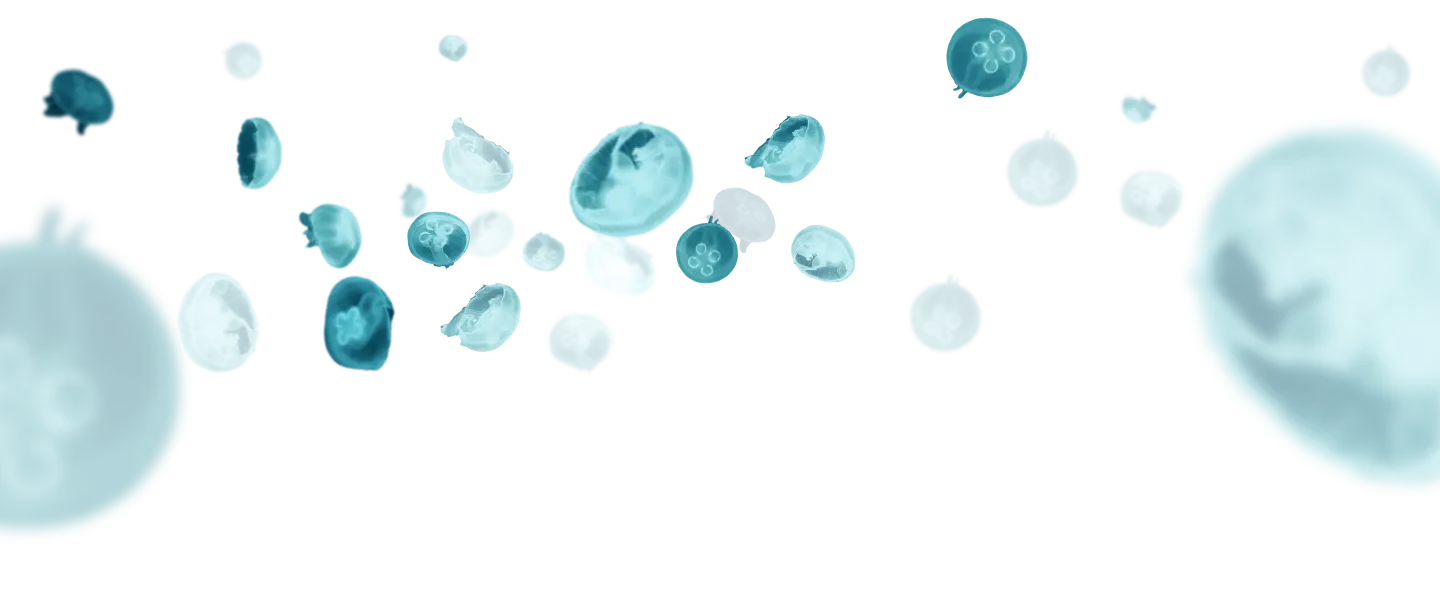

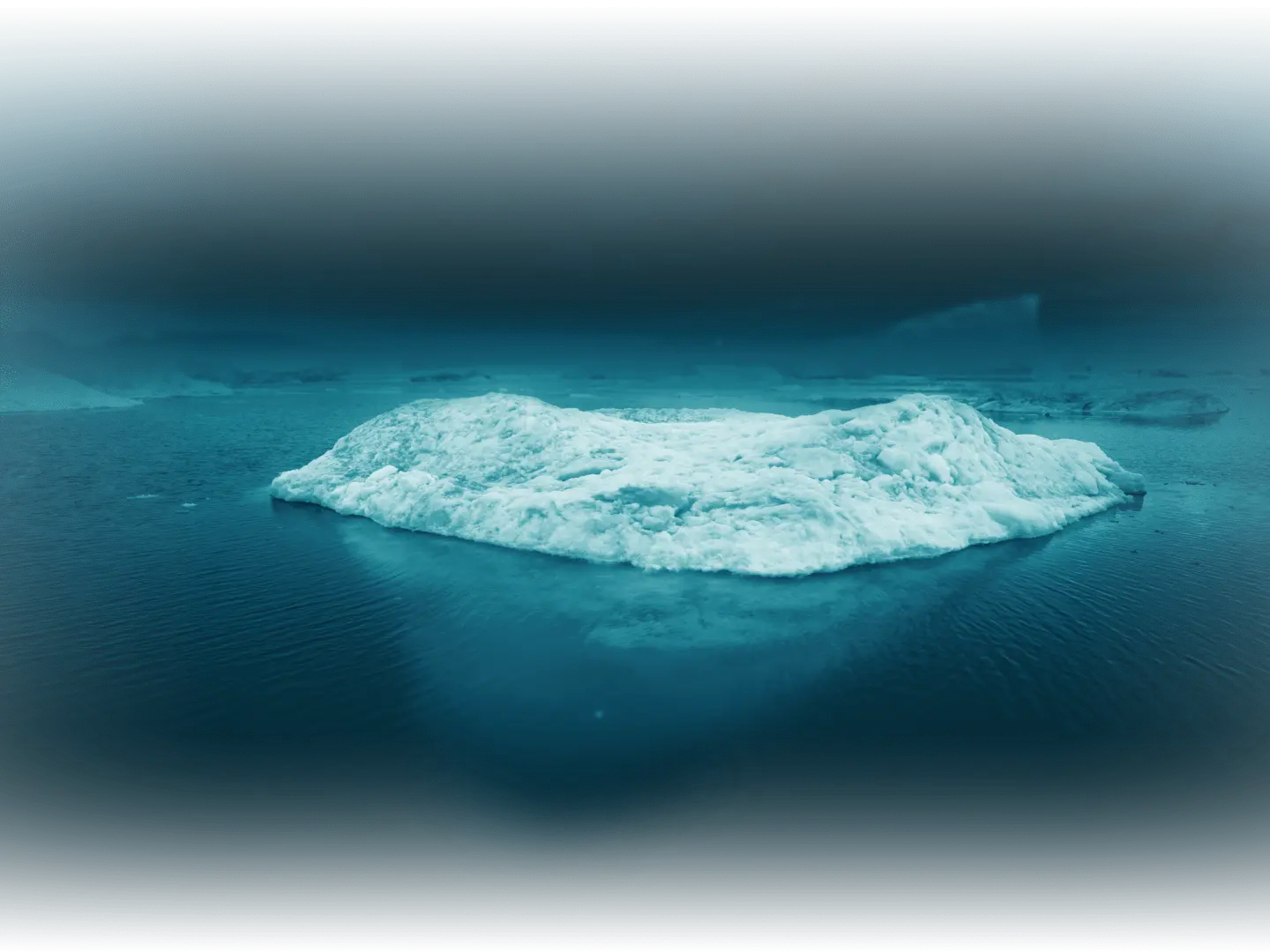
39%of the ocean is within national jurisdictions 7
18.7%of this area is currently designated as MPAs 8
61%of the ocean lies outside national jurisdictions 9
1.4%of these international waters are currently designated as MPAs 10
55.4%of the ocean's fully or highly protected areas are part of the world's five largest MPAs 11
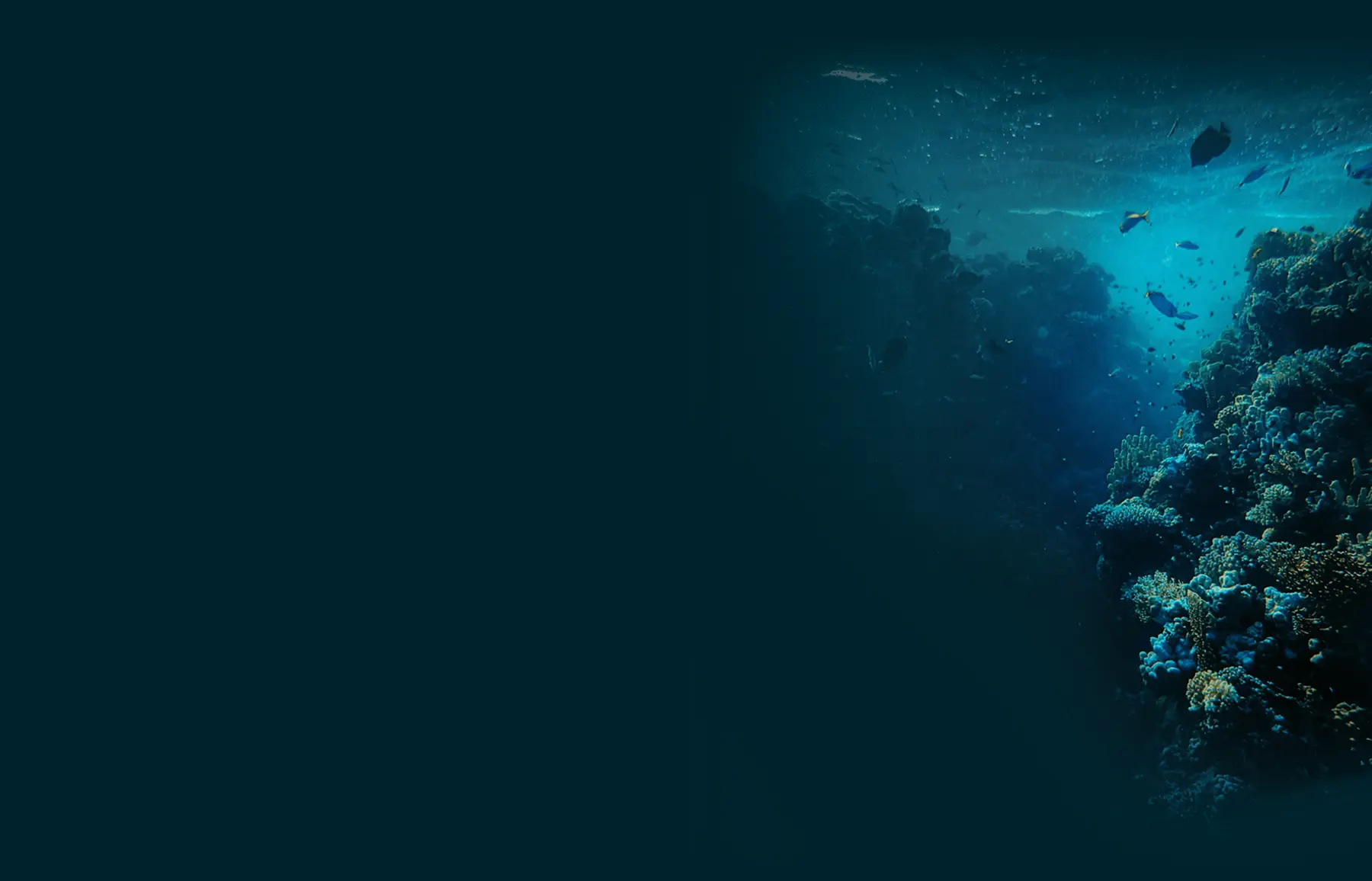


What are the environmental benefits?
The majority of MPAs seek to establish conditions that enable marine species to thrive as they would naturally. 12
Australia’s Great Barrier Reef is the world’s largest coral ecosystem. It supports over 1,500 species of fish, 4,000 types of mollusc and many marine mammals and sea turtles. 13
400species of coral
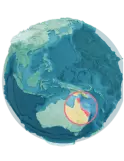
Great Barrier Reef Marine Park, Australia
Explore case studyA study along the Southern Great Reef found that fully protected areas of the Great Barrier Reef Marine Park had 30% more fish species and two and a half times the fish biomass than areas with no restrictions. 14
30%more fish species
2.5xmore fish biomass 11

Great Barrier Reef Marine Park, Australia
Explore case studyTo conserve fragile habitats and species, some MPAs impose a complete restriction on human interference.
South Africa’s Prince Edward Islands MPA observes a 12-nautical-mile sanctuary zone in which all human activity is prohibited apart from an annual research expedition. 15
These strict measures are of global significance. The MPA is home to 44% of the global population of wandering albatross, and 30% of the global breeders of sub-Antarctic fur seal. 16
44%of the global population of wandering albatross
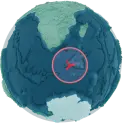
Prince Edward Islands MPA, South Africa
Explore case study
What are the wider benefits?
MPAs are powerful tools of the “blue economy”. When designed and managed effectively, they maintain ocean health, ensure sustainable use of resources, and bring many other benefits to economies and people’s lives. These can range from larger catches in adjacent fishing areas to increased ecotourism.17
A 2023 study of Mexico’s Revillagigedo National Park found no detrimental impacts on Mexico’s industrial fishing sector since the MPA was established in 2017. However, it has helped the MPA’s 300 fish species to thrive, of which 36 are not found elsewhere. 18
300species of fish
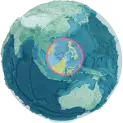
Revillagigedo National Park, Mexico
Explore case study

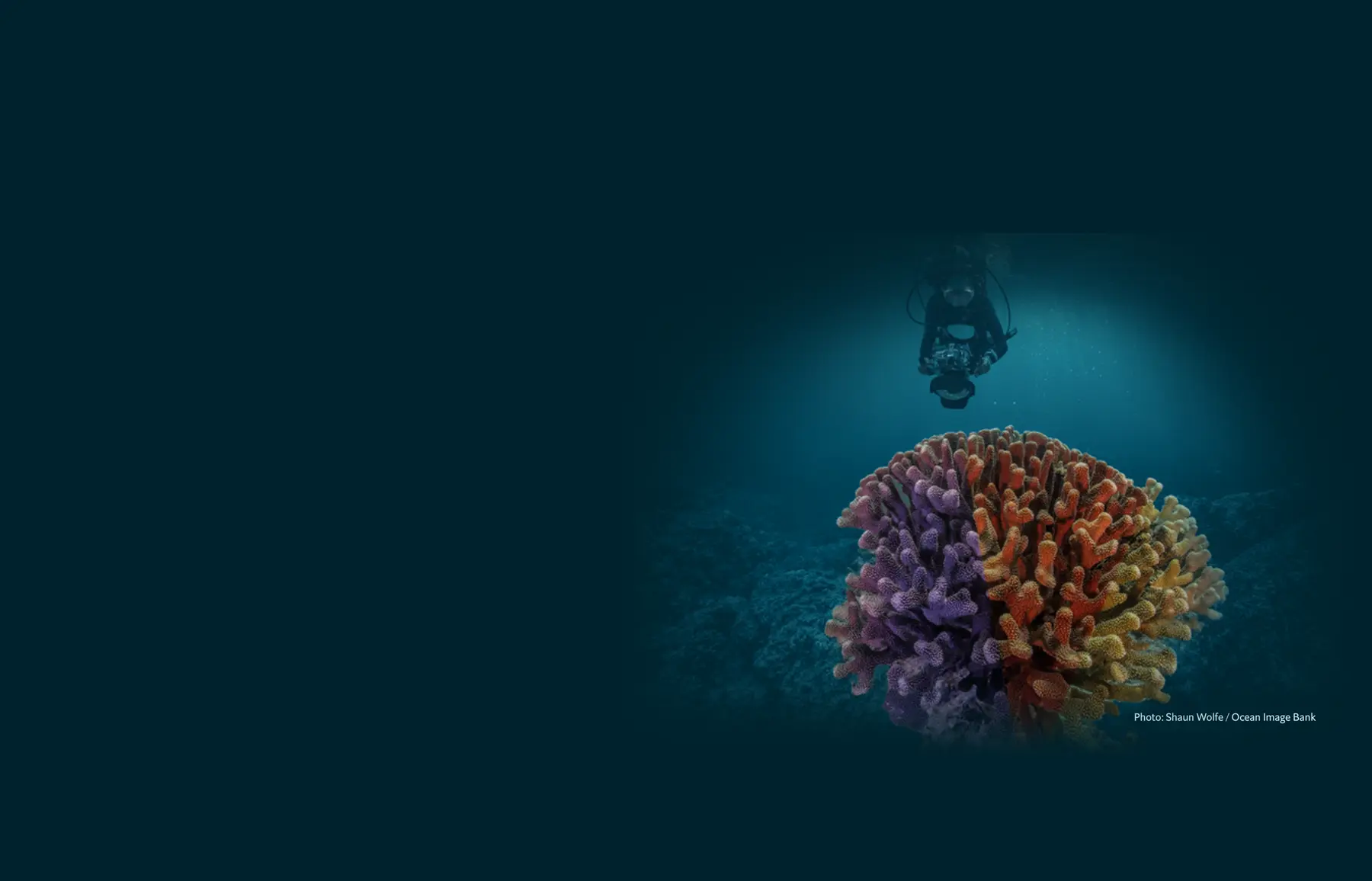

What are the drivers of success?
Regular engagement with local communities, frequent monitoring, consistent funding and strong enforcement are key contributors to a successful MPA.
During the inception and designation phases of Tun Mustapha Park in Malaysia, an extensive survey of local residents was carried out, and a community officer was appointed to gather feedback. 19, 20
500local residents
58villages
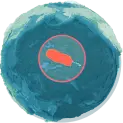
Tun Mustapha Park, Malaysia
Explore case studyThe vastness of some MPAs can create monitoring and surveillance challenges. Nevertheless, regular data collection is essential for assessing an MPA’s environmental, economic and social outcomes.
Papahānaumokuākea Marine National Monument in Hawaii is monitored via 13 projects, and includes human impact surveys, acoustic monitoring and a maritime heritage survey. Regular data is also collected on many marine species, such as monk seals and green sea turtles.21
20 minutesHawaiian monk seals can hold their breath for
550 metresand dive up to
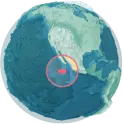
Papahānaumokuākea Marine National Monument, Hawaii, USA
Explore case studyMPAs require a sustainable, long-term funding mechanism to ensure they have sufficient resources to meet their management needs and maintain staff capacity.
Tubbataha Reefs Natural Park in the Philippines developed a comprehensive funding model in which revenues from tourism and conservation fees are combined with funding from government, NGOs and private organisations. 22
42%Private organisations
35%Tourism
23%Government agencies
Sources of funding for Tubbataha Reefs Natural Park over the last five years
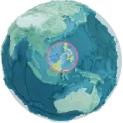
Tubbataha Reefs Natural Park, Philippines
Explore case studyProtecting an MPA’s integrity requires strong enforcement with clear penalties that are proportionate to the offence.
In the St Kilda Special Area of Conservation (SAC) and Special Protection Area (SPA) in Scotland, non-compliance can result in fines of up to £50,000 (US$60,700) and even indictment.23
£50,000maximum fine for non-compliance
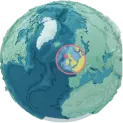
St Kilda, Scotland
Explore case study

Charting a new course:
a framework for assessing MPA effectiveness
While there is no universal compass to guide MPA design, there are consistent measures that underpin their success.
Economist Impact, supported by Blancpain, has developed a new framework to assess the effectiveness of MPAs and other types of marine conservation area.
MPA assessment framework
Go beyond the surface to explore our analysis of ten diverse MPAs and marine conservation areas around the world.
Supported by:
- UNEP, State of Finance for Nature 2022, 2022, https://www.unep.org/resources/state-finance-nature-2022
- Our Shared Seas, Funding Trends 2023: Tracking Grantmaking in Marine Area-based Conservation, 2023, https://oursharedseas.com/mabc-report-2023
- Protected Planet, Marine Protected Areas, , accessed March 11, 2024.
- Ibid.
- Ibid.
- Marine Conservation Institute, The Marine Protection Atlas, , accessed March 11, 2024.
- Protected Planet, Marine Protected Areas, https://www.protectedplanet.net/en/thematic-areas/marine-protected-areas, accessed March 11, 2024.
- Ibid.
- Ibid.
- Ibid.
- Marine Conservation Institute, The Marine Protection Atlas, Largest Marine Protected Areas, https://mpatlas.org/, accessed March 11, 2024. https://mpatlas.org/large-mpas/
- Marine Conservation Institute, The Marine Protection Atlas, Largest Marine Protected Areas, https://mpatlas.org/, accessed March 11, 2024.
- Reef Biosearch, Marine Life of the Great Barrier Reef, https://www.greatbarrierreefs.com.au/all-marine-life/index.html, accessed March 11, 2024.
- Pew Trust, Studies Show Powerful Benefits of Fully Protected Ocean Areas, 2021, https://www.pewtrusts.org/en/research-and-analysis/articles/2021/06/02/studies-show-powerful-benefits-of-fully-protected-ocean-areas
- South African Government, Prince Edward Islands declared a Marine Protected Area, 2013, https://www.gov.za/news/media-statements/prince-edward-islands-declared-marine-protected-area-09-apr-2013
- Ibid.
- World Bank. What is the Blue Economy?, 2017, https://www.worldbank.org/en/news/infographic/2017/06/06/blue-economy
- UC San Diego, Protecting Large Ocean Areas Doesn’t Curb Fishing Catches, 2023, https://scripps.ucsd.edu/news/new-study-protecting-large-ocean-areas-doesnt-curb-fishing-catches
- Jumin R, Binson A, McGowan J, et al., From Marxan to management: ocean zoning with stakeholders for Tun Mustapha Park in Sabah, Malaysia. 2018, doi:10.1017/S0030605316001514
- M. Fortnam, et al.,Polycentricity in practice: Marine governance transitions in Southeast Asia, 2022, https://doi.org/10.1016/j.envsci.2022.08.010
- National Marine Sanctuaries, Papahānaumokuākea Monitoring Inventory, https://sanctuaries.noaa.gov/science/monitoring/mi_pmnms.html, accessed March 11, 2024.
- Tubbataha Reefs Natural Park, Financial Plan, 2017 https://img1.wsimg.com/blobby/go/a6e8679e-19dc-4a2b-8c4f-4ec1c667e7e3/downloads/TRNP-Financial-Plan.pdf?ver=1707893548141
- Marine Scotland, Fixed Penalty Notices - Guidance for Industry, 2015, https://www.gov.scot/binaries/content/documents/govscot/publications/advice-and-guidance/2020/10/marine-and-fisheries-fixed-penalty-notice-guidance-for-industry/documents/guidance-on-the-introduction-of-an-administrative-penalties-system-for-minor-fisheries-offences/guidance-on-the-introduction-of-an-administrative-penalties-system-for-minor-fisheries-offences/govscot%3Adocument/FPN%2Bguidance.pdf










